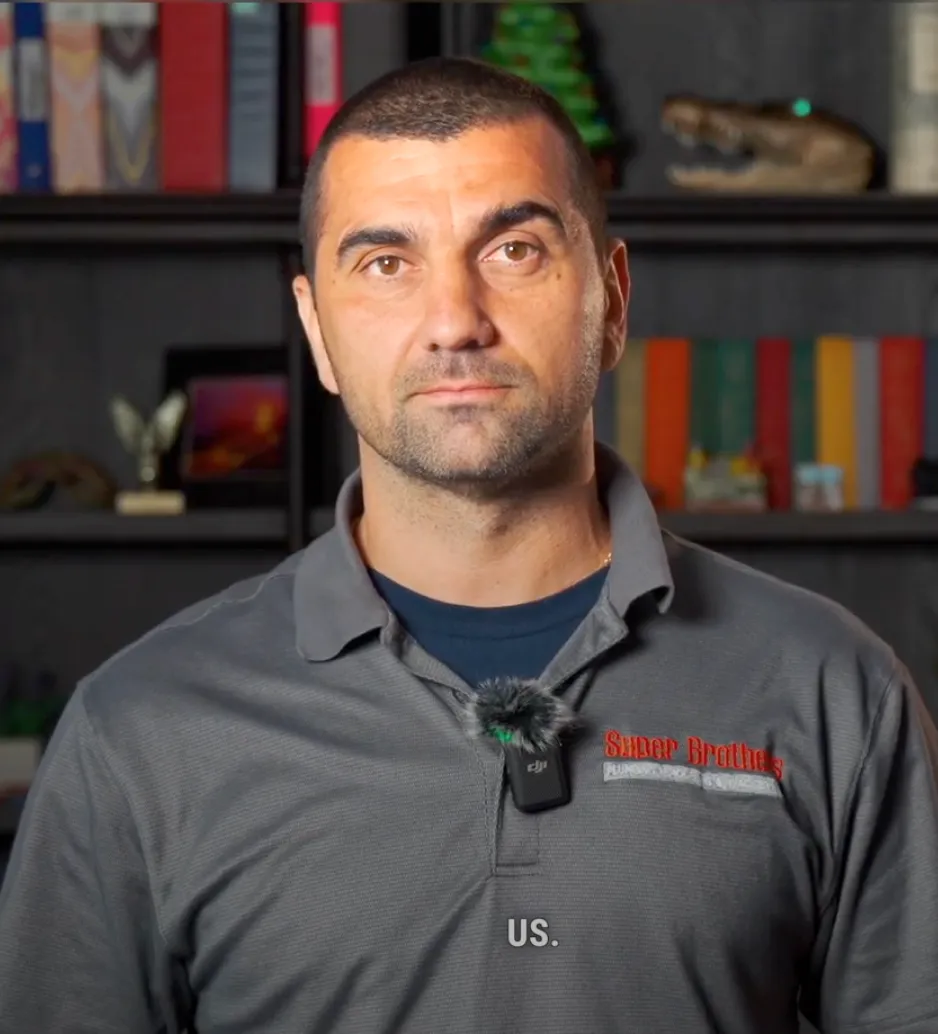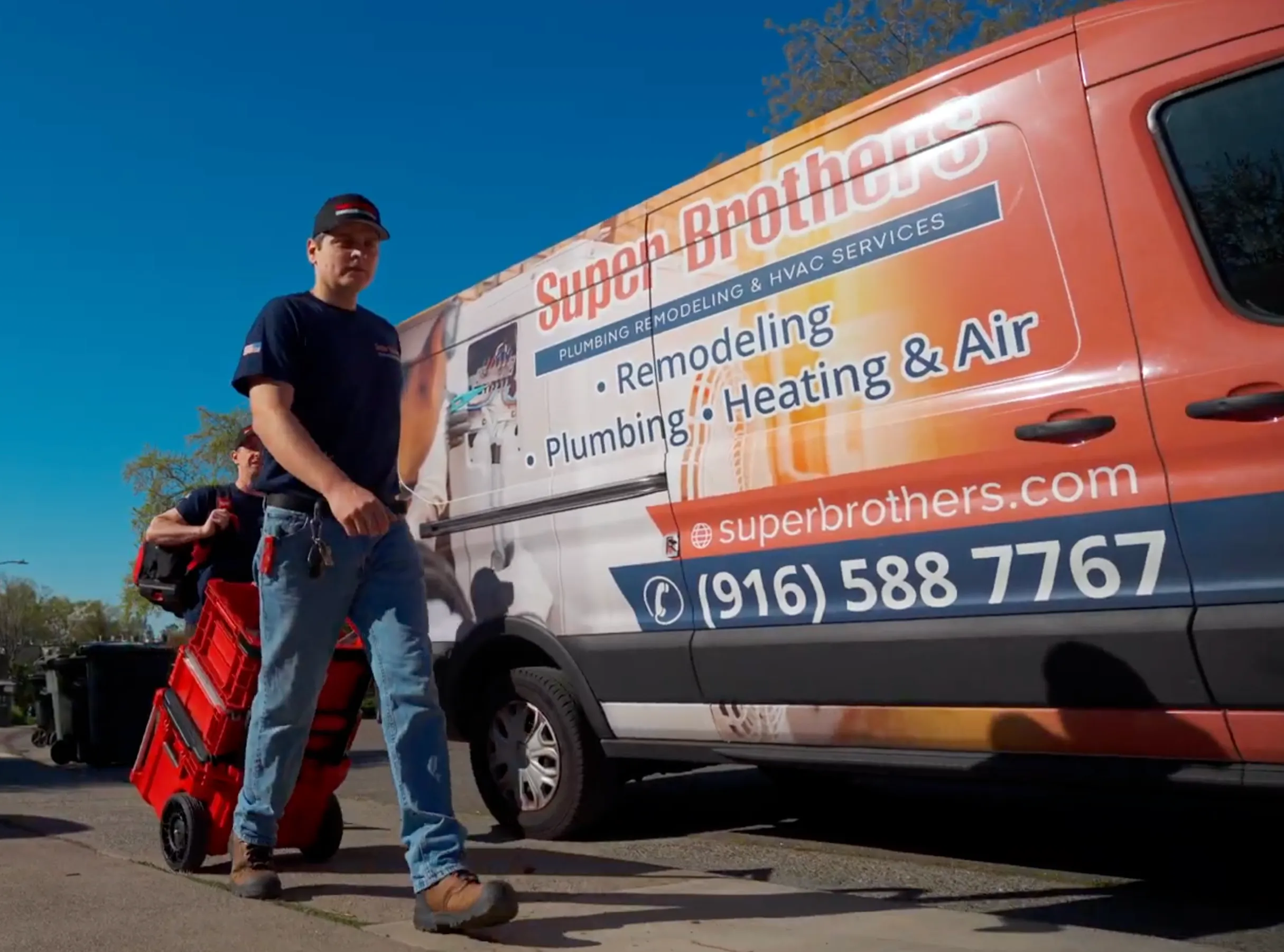If you’re searching for "repipe”, you probably have low water pressure, rusty water, recurring leaks—or you’ve been told your home’s pipes are at the end of their life. This guide explains, in plain English and with pro-level depth, when a repipe makes sense, what it involves, how to choose a repipe company in the Sacramento area, and the real pros and cons of doing it yourself.
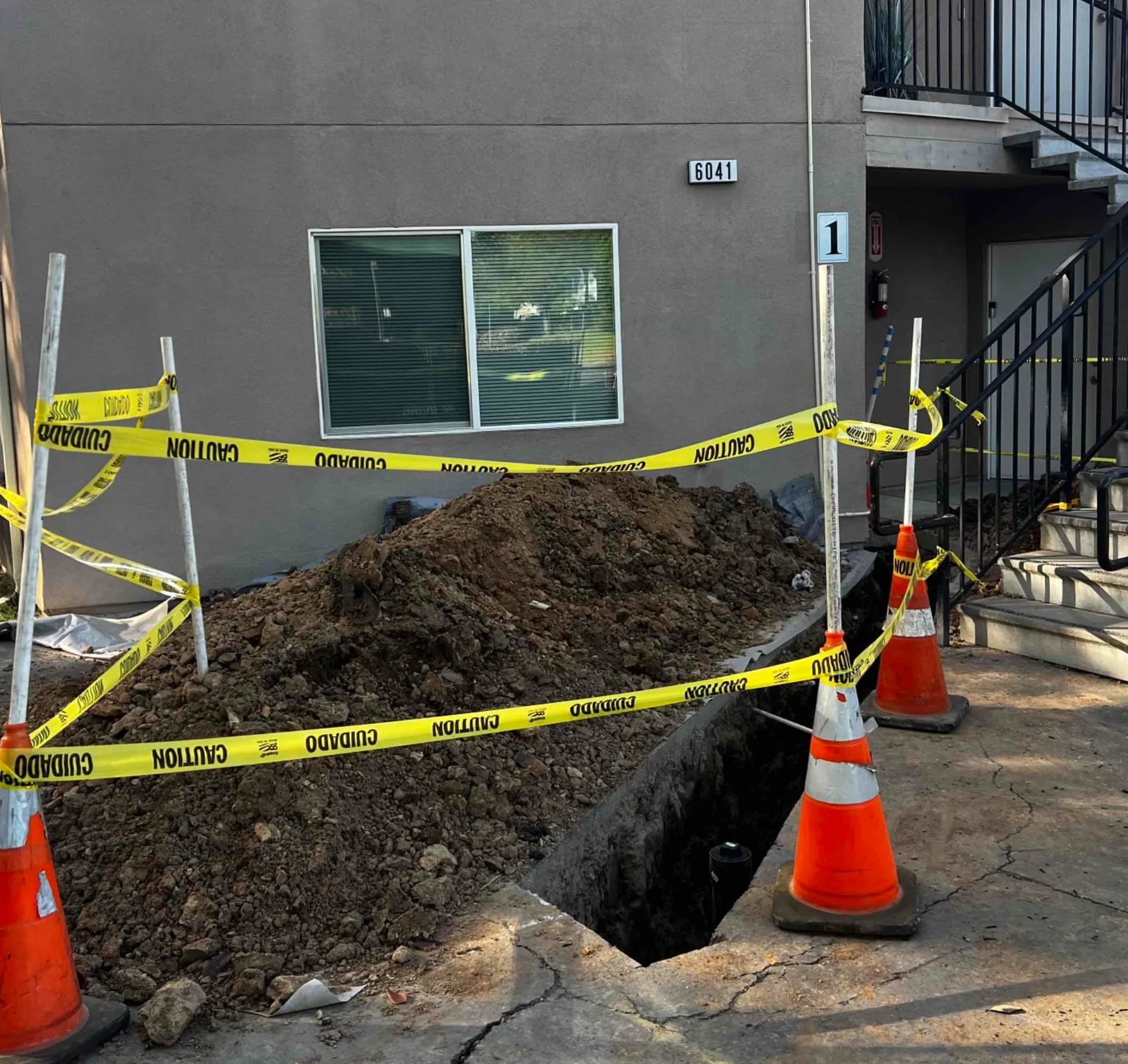
Quick Start (TL;DR)
- Top signs you need a repipe: low or fluctuating pressure, rusty/brown water, pinhole leaks, frequent slab or wall leaks, scalding when another fixture runs, visible corrosion, or pipes older than ~40–60 years.
- Common Sacramento factors: aging galvanized or thin-wall copper from mid-century builds, mineral buildup from hard water, and mixed remodels that left a “Franken-plumbing” network.
- Materials: Copper (durable, familiar, pricier) vs. PEX (flexible, fewer joints, faster install). Both require proper sizing, pressure-balancing, and permits.
- Choosing a company: Verify California license, insurance, permits, inspection, material spec, drywall/patch scope, and warranty. Ask for a diagram/scope, not a vague lump sum.
- DIY? Possible in some scenarios—but expect permits, inspections, long shut-offs, wall/ceiling opening and patching, and high risk if a joint fails. Labor savings vs. risk is the trade.
Real-World Scenarios Where a Repipe Makes Sense
1) Mid-Century Home with Galvanized Steel
Many Sacramento neighborhoods have homes from the 1940s–1970s. Galvanized steel corrodes internally, narrowing the pipe and shedding rust. The result is weak pressure and discolored water. You might also notice temperature swings: when someone flushes, the shower suddenly gets hot or cold because the restricted pipes can’t balance flow.
2) Thin-Wall Copper with Pinhole Leaks
Older copper can develop pinhole leaks, especially if the original installer used thinner Type M tubing—or if water chemistry and velocity wore it down. Sacramento’s hard water doesn’t “cause” copper to fail by itself, but mineral scale and turbulence accelerate wear, and small leaks behind walls can create mold and drywall damage.
3) Remodel Layer-Cake (“Franken-Plumbing”)
A home remodeled 3–4 times may have a maze of mixed materials and diameters: some copper, some CPVC, maybe PEX add-ons, and odd tees that starve distant fixtures. A whole-home repipe with a clean manifold layout can even out pressure and make future maintenance straightforward.
4) Recurring Slab Leaks
In some slab-on-grade houses, the original water lines run under the slab. After the second or third under-slab leak, many owners abandon the slab runs and repipe overhead through walls and ceilings. It reduces demolition and gives accessible lines for the future.
5) Polybutylene or Brittle CPVC
Polybutylene (PB) was installed in parts of the U.S. through the mid-1990s and is notorious for failures. CPVC can also get brittle with age/UV/heat. If your home has either, repiping to copper or PEX is usually the long-term fix.
6) Additions & ADUs Overloading the Old Trunk
Added bathrooms, a new rain shower, or an ADU may push an old ½″ trunk too far. A repipe lets you right-size piping (often 1″ main, ¾″ branches, ½″ drops) so multiple fixtures can run without starving each other.
Why You Might Need a Repipe in Sacramento (Specifically)
- Aging Housing Stock: Many neighborhoods have pipe systems at or beyond their typical service life.
- Hard Water: The Sacramento Valley commonly experiences moderate-to-hard water, which promotes mineral scaling that chokes older lines and fixtures.
- Mixed Materials from Past Repairs: Decades of piecemeal fixes lead to pressure imbalances and leak-prone joints.
- Modern Fixture Demands: Big soaker tubs, multiple showers, and smart appliances expect steady flow your old piping can’t deliver.
- Insurance & Resale: Some insurers balk at certain legacy materials; buyers, inspectors, and appraisers often favor newer, code-compliant systems.
Copper vs. PEX (and Manifold Design)
| Material | Pros | Cons | Best For |
|---|---|---|---|
| Copper Type L | Long track record, heat-tolerant, UV-resistant, rigid (stays put), excellent with proper water chemistry. | More costly; more joints/soldering; potential pinholes in thin-wall or aggressive conditions; heat transfer can sweat cold lines. | Exposed runs, long-term durability, buyers who prefer copper. |
| PEX (A or B) | Flexible (fewer joints = fewer leak points), fast install, quieter flow, ideal for home-run manifolds with individual shut-offs. | Not for UV exposure; needs correct fittings/tools; brand compatibility matters; temperature/pressure ratings must be followed. | Most repipes; overhead runs; minimizing drywall cuts; balancing pressure to distant fixtures. |
A manifold “home-run” design (especially with PEX) sends dedicated lines from a central manifold to each fixture. Benefits include simpler isolation (each line gets a shut-off) and more consistent pressure. Traditional trunk-and-branch is fine too—just ensure correct pipe sizing and smart tee placement to limit pressure dips.
What to Look For When Choosing a Sacramento Repipe Company
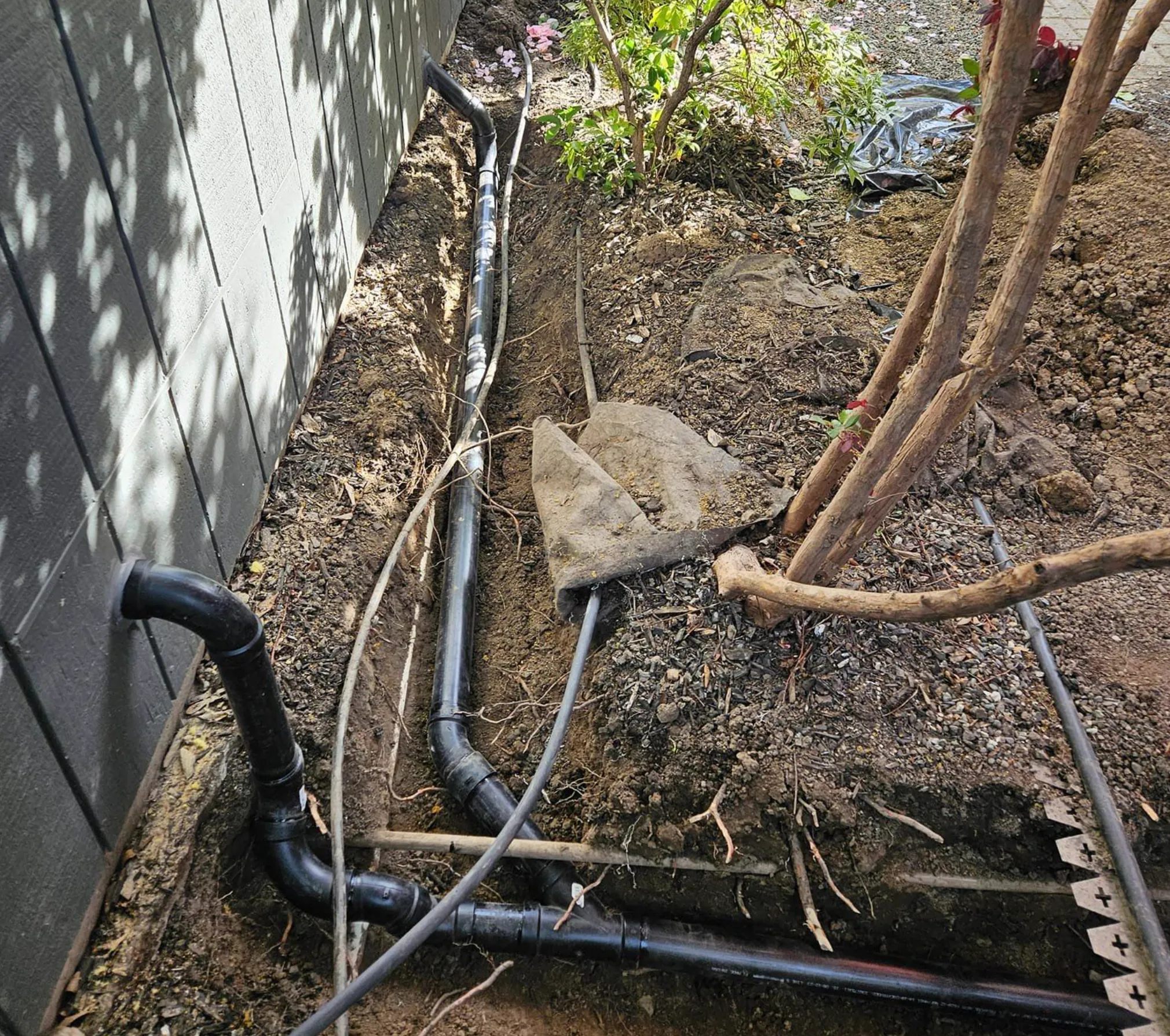
- California License & Insurance: Verify an active license and general liability/worker’s comp. Ask for certificates by email. If they hesitate, that’s a red flag.
- Permits & Inspection: The contractor—not you—should pull the permit and handle inspection. Avoid companies pushing “no-permit discounts.”
- Written Scope & Diagram: Demand a clear scope: materials (e.g., Copper Type L or brand of PEX), fixture count, manifold plan, shut-off locations, and whether hose bibs/garage runs are included.
- Wall/Ceiling Patching in Scope: A “cheap” repipe bid sometimes omits patch/texture/paint. Get this in writing so the project truly finishes at the same quality it started.
- Pressure & Flow Balancing: Ask how they’ll maintain pressure when multiple fixtures run. Good contractors talk sizing (1″ mains, ¾″ branches, ½″ drops as needed) and fixture unit calculations.
- Water Quality Plan: If your home has heavy scale, ask about post-repipe filtration or conditioning. Protect your investment (pipes, valves, and fixtures).
- Warranty & Aftercare: Typical workmanship warranties range 5–25 years (material warranties may be longer). Ask how they handle call-backs, emergency leaks, and warranty transfers for resale.
- References & Local Experience: Request Sacramento-area addresses (with permission) and photos. Local experience matters for city/county processes and common home layouts.
- Realistic Schedule: A full repipe often spans 2–5 working days plus patching and paint. Overnight water shutdowns should be minimized; ask how they’ll stage reconnection daily.
- No High-Pressure Sales: If you hear “sign today or the price doubles,” walk. Quality firms win on clarity, not fear.
The Repipe Process (Step-by-Step)
- Assessment: Inspect accessible pipes, fixtures, water heater connections, and exterior hose bibs. Note slab vs. raised foundation, attic access, and any remodel constraints.
- Design & Bid: Choose copper or PEX, trunk-and-branch vs. manifold, and confirm sizing. Receive a written scope with a floor plan diagram.
- Permit: Contractor pulls permit with the city/county. They’ll schedule rough and final inspections.
- Access Openings: Strategic wall and ceiling cuts provide pathways. Good crews minimize and label openings.
- Pipe Installation: New lines run, fire-stopped at penetrations, secured to code, with isolation valves as specified.
- Pressure Test: System is pressurized and monitored. Any drops are investigated before closing.
- Fixture Tie-Ins: Supply connections re-made to sinks, toilets, showers, appliances, and outdoor bibs. Water heater lines are updated as needed.
- Inspection(s): Rough inspection before patching; final inspection confirms proper operation and labeling.
- Patching & Paint: Drywall repair, texture match, prime, and paint—ideally included in the contract.
- Owner Walk-Through: Contractor provides as-built diagram, shut-off locations, material warranties, and maintenance tips.
What Does a Sacramento Repipe Typically Cost?
Costs vary with home size, stories, foundation type (slab vs. crawlspace), access, material (copper vs. PEX), and what’s included (patch/paint, hose bibs, water main, filtration). As a rough orientation:
- Small 1–2 bath, single-story: often “lower five figures,” depending on scope and material.
- 3–4 bath, two-story: commonly “mid to higher five figures,” especially in copper with full patch/paint.
DIY Repipe: Pros and Cons
Pros
- Labor Savings: You can cut costs significantly if you handle demolition, pipe runs, and fixture tie-ins yourself.
- Control: You choose materials, layout, and take your time on neatness.
- Learning & Future Repairs: You’ll know every line and valve location.
Cons
- Permits & Inspections: You must pull a homeowner permit and pass inspections. Failed rough can mean rework and delays.
- Risk of Leaks: A bad joint behind drywall can flood rooms. Insurance may scrutinize DIY work, especially if unpermitted.
- Time & Disruption: Without a crew, repipes can stretch over weeks, with longer water shut-offs.
- Tooling & Technique: PEX expansion/crimp tools, copper soldering, proper supports, fire-stopping, and pressure testing aren’t trivial.
- Finishes: Drywall patch/texture/paint is its own craft; mismatches are noticeable.
Pre-Repipe Checklist
- Document current issues (photos of rust, videos of pressure drops, leak history).
- Know your priorities (stable shower temp, better pressure at far bath, clean manifold with shut-offs).
- Decide on material preference (Copper Type L vs. PEX A/B) and ask for both bids.
- Confirm permit, inspection, patch/paint, and warranty in writing.
- Ask for an as-built diagram and manifold labeling in the close-out package.
- Plan for staging (pets, access, daily water reconnection, dust protection).
- Consider filtration/conditioning if you’ve had hard-water scaling.
Sacramento Repipe: Frequently Asked Questions
- 1) How do I know it’s time to repipe and not just repair one leak?
- If your system has multiple leaks, rusty water, uneven pressure, or is original galvanized/copper from mid-century, the next leak is often just months away. Repipe replaces the failing system rather than patching symptoms.
- 2) Is PEX allowed here? Will it hurt resale?
- PEX is widely used in modern repipes and is code-approved when installed per manufacturer specs. Properly done, resale is typically helped—not hurt—because buyers value newer plumbing with fewer leak points.
- 3) Copper vs. PEX: which is “better” for Sacramento?
- Neither is universally “best.” Copper Type L offers a classic, durable solution; PEX provides flexible routing, fewer joints, and often lower cost. A good design and install matter more than the material alone.
- 4) Can I repipe in stages to spread cost out?
- Yes, but it’s less efficient. Staging can mean more openings/patching and temporary transitions. Full-home in one go is usually cleaner and cheaper per fixture.
- 5) How long will my water be off?
- Pros often plan daily reconnects: water off during the workday, back on evenings. Total project spans a few days plus patching. Ask each bidder for their staging plan.
- 6) Do I need to replace the main line from the street too?
- Only if it’s undersized, leaking, or severely corroded. Many repipes focus on interior distribution; some include upsizing the main for better whole-house pressure.
- 7) What about my water heater and shut-off valves?
- Most repipes include new main shut-off and updated water heater connections. If your heater is old or undersized, it’s a smart time to upgrade while walls are open.
- 8) Will a repipe fix temperature swings in my shower?
- Usually yes, especially with better sizing and modern pressure-balanced valves. A manifold layout can also help when multiple fixtures run.
- 9) Should I add a water softener or conditioner after repipe?
- If you’ve battled scale, yes—protect your new valves, cartridges, and appliances. At minimum, consider whole-home sediment/particulate filtration.
- 10) What inspections are involved?
- Typically a rough inspection before patching (verifying routing, supports, fire-stops, and pressure test) and a final inspection after fixtures are tied in.
- 11) Can I live at home during the repipe?
- Most owners do. Plan for daily water shut-offs, dust containment, and cleared access to bathrooms, kitchen, and utility areas.
- 12) Are hose bibs and exterior lines included?
- Sometimes they’re excluded in low bids. If you want them updated, say so and get it in the written scope.
- 13) Do I need to replace shut-offs and supply lines at every fixture?
- Highly recommended. New quarter-turn valves and braided supplies reduce future drips and make maintenance easier.
- 14) Will the contractor repair drywall and paint?
- Quality repipe contracts include patch/texture/paint. If not, budget time and cost to finish those steps yourself or hire separately.
- 15) How do I compare bids fairly?
- Ask all bidders to price the same scope (material, fixtures included, patch/paint, main line, manifold, warranty, inspections). Cheapest ≠ best if scope is thinner.
Example Scopes (So You Can Compare Apples to Apples)
Single-Story, 2 Bath, Crawlspace (PEX Manifold)
- 1″ PEX main to central manifold in utility closet.
- ¾″ branches to bathroom groups; ½″ home-runs to each fixture.
- New main shut-off, labeled manifold valves, updated water heater connections.
- Two exterior hose bibs replaced; sediment filter added at main.
- Permit, rough and final inspection, full patch/texture/paint included.
Two-Story, 3.5 Bath, Slab (Copper Type L, Overhead)
- Abandon under-slab lines; overhead reroute through walls/ceilings.
- 1″ copper trunk, ¾″ risers to upstairs groups, ½″ drops to fixtures.
- Pressure-balanced shower valves replaced; recirc line evaluated.
- Permit, inspections, as-built diagram; patching/painting included.
After Your Repipe: Maintenance Tips
- Label Everything: Keep the manifold and main shut-off labeled. Store the as-built diagram in a safe spot.
- Filter/Condition: Change filter cartridges on schedule; service softeners/conditioners per the manufacturer.
- Annual Quick Check: Glance at accessible joints and shut-offs; exercise valves to keep them free.
- Fixture Care: Clean aerators and shower cartridges if scaling returns; these are cheap, easy refreshes.
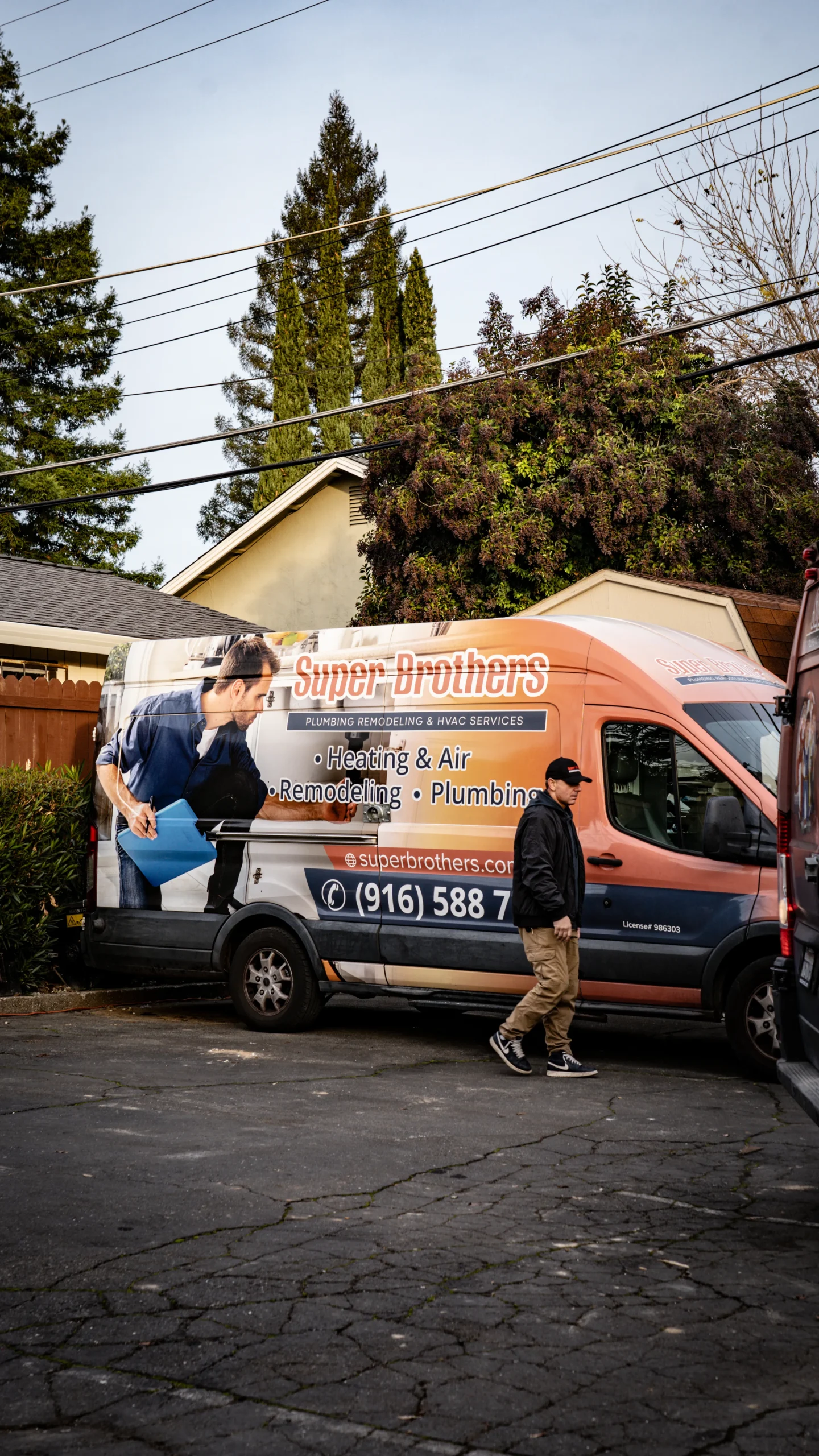
Bottom Line
A Sacramento repipe is one of those “do it once, do it right” projects. For aging galvanized or leaky copper, it’s often cheaper over 5–10 years than chasing leaks and patching drywall repeatedly. Pick a licensed, insured contractor who pulls permits, writes down the exact scope, right-sizes the system, and includes patch/paint. Prefer a manifold with labeled shut-offs if using PEX or a clean, well-supported trunk-and-branch if using copper. Either way, a clear design, solid workmanship, and proper inspection will give you quiet, stable, clean water for decades.
Notes: Always follow current local building codes and manufacturer instructions. If you choose DIY, confirm permit requirements with your city or county, pressure-test thoroughly, and schedule inspections before closing walls.
Super Brothers Quality
Choose Super Brothers Plumbing Heating & Air because we use top-tier materials, deliver honest workmanship, and back every job with a real warranty. Our pricing is fair and transparent—no hidden fees, ever.
We pull the right permits, build to California code, and pass inspection. Our licensed, highly experienced team handles full plumbing and heating/air replacements and installations, so the job’s done right the first time.
- Top-tier materials
- Honest, quality service
- Workmanship warranty
- Fair, transparent pricing (no hidden fees)
- Permits handled; California code compliant; passes inspection
- Licensed & experienced in plumbing and HVAC installs



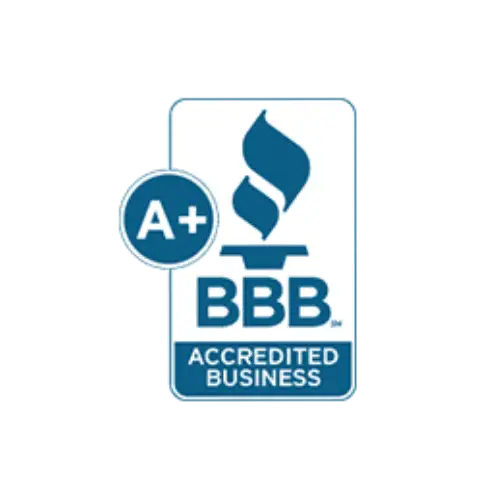
Refer Friends, Reap Rewards
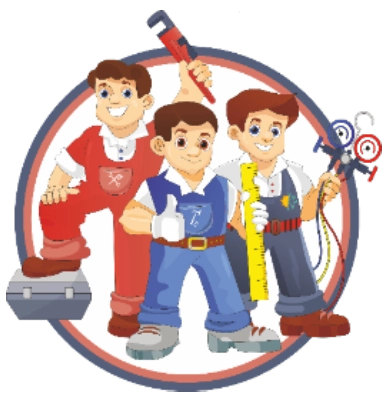
Share our expert plumbing services with friends and family. For every successful referral, you earn cash rewards. Refer Now





